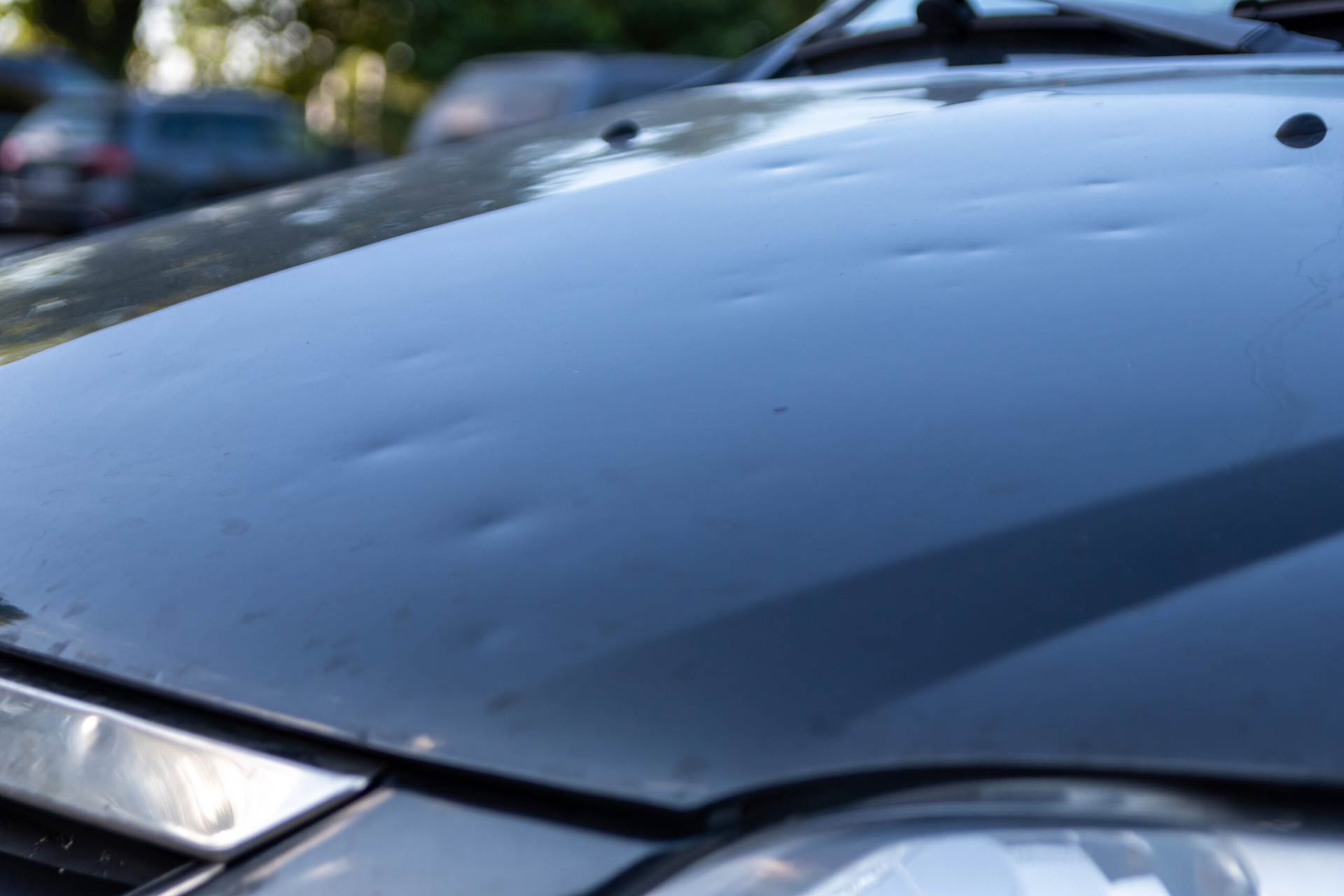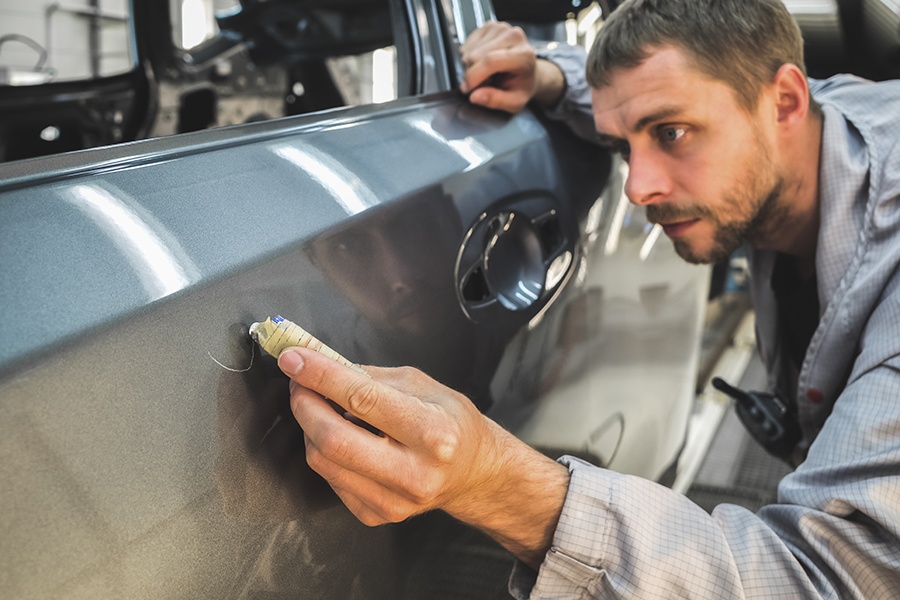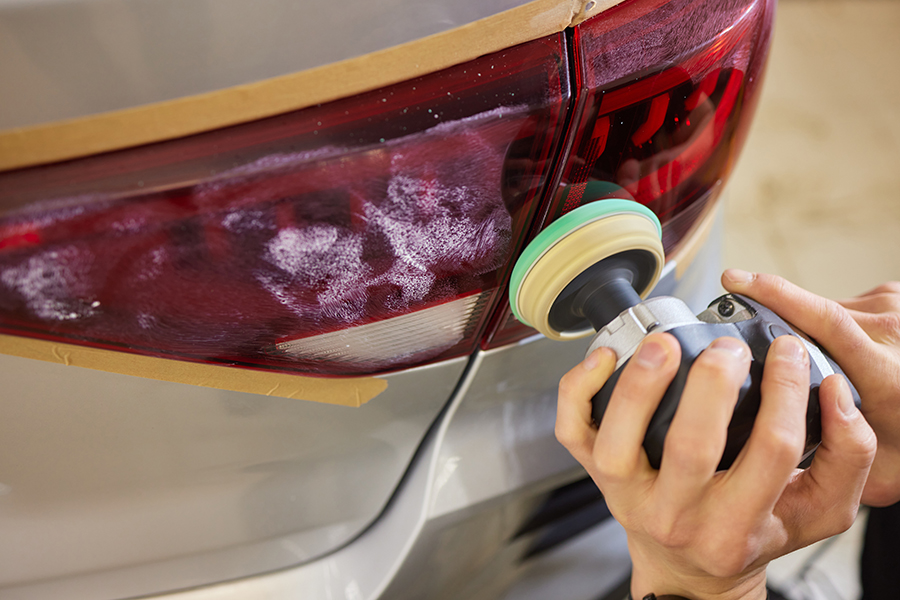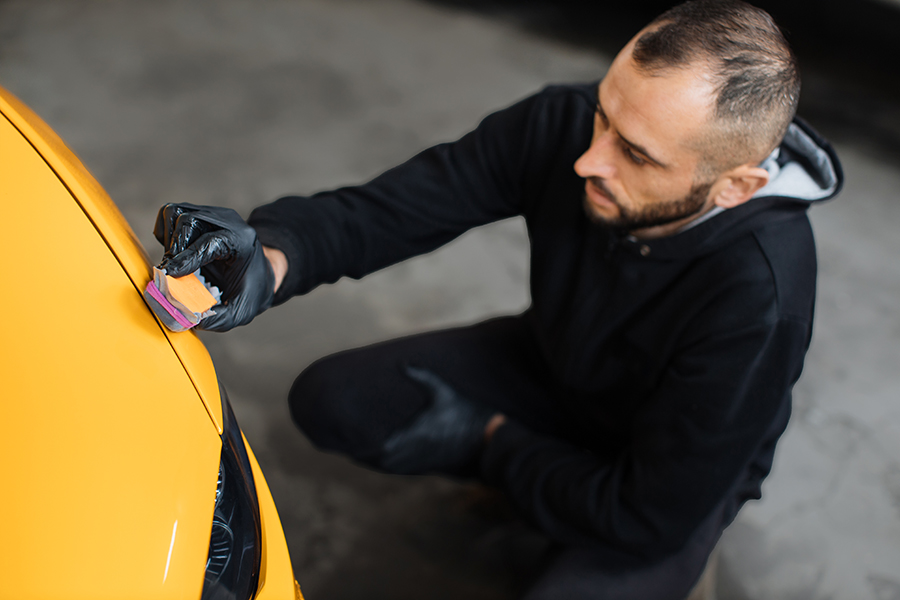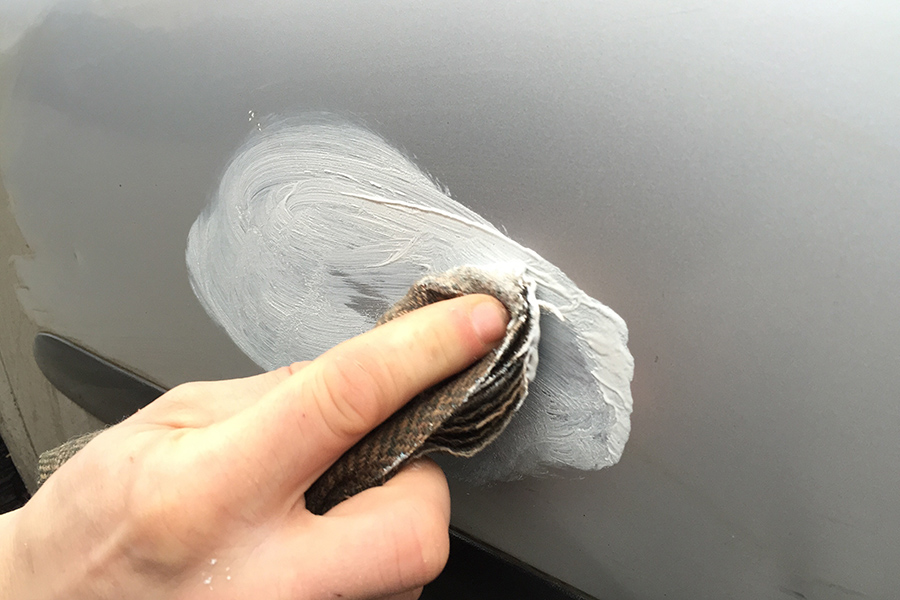Dealing with hail damage can be a homeowner's nightmare, yet understanding how to effectively file a hail damage insurance claim transforms this daunting task into a manageable process. Most people find themselves unprepared when hail strikes, leaving them confused about the next steps. This guide aims to demystify the insurance claim process, providing you with the knowledge needed to navigate it confidently. From identifying damage to communicating with your insurance provider, we'll cover essential tips and strategies to ensure your claim is handled smoothly, helping you restore your property without unnecessary stress.
Key Takeaways
- Check your insurance policy to know what kind of hail damage is covered, so you're prepared before a storm hits.
- After a hail event, inspect your property for damage quickly to ensure timely filing of an insurance claim.
- Document all hail damage with photos and detailed notes to strengthen your insurance claim and speed up the process.
- Consider professional repair options for hail damage to ensure quality work and compliance with insurance requirements.
- Take proactive steps to prevent future hail damage, such as installing impact-resistant roofing materials.
- Review the FAQs on hail damage claims to better understand the process and improve your chances of a successful claim.
Understanding Hail Damage
Hail Impact on Cars
Hailstorms strike without much warning, affecting countless vehicles each year. The damage ranges from minor dents to complete windshield destruction. It's crucial to assess hail damage quickly. This prevents the car's condition from worsening.
Types of Damage
Hail damage splits into two categories: cosmetic and structural. Cosmetic damage affects the car's look, while structural damage impacts its functionality. The hood, roof, and trunk are often hit hardest. Some damages hide beneath the surface, requiring a professional's eye to spot.
Repair Costs Overview
Repairing hail damage can cost anywhere from a few hundred to several thousand dollars. The price depends on the damage's extent. If paintwork or part replacements are needed, costs rise sharply. In extreme cases, if repair expenses surpass the car's worth, it might be considered a total loss.
Insurance Coverage for Hail Damage
Comprehensive Coverage
Comprehensive insurance is key for hail damage. It's different from collision or liability coverage. This type covers events like hailstorms, which are out of your control. It's crucial to review your policy closely. This helps you know what's covered. You should talk to your insurance provider about coverage limits and deductibles. They can explain the details.
Claim Filing Process
To file a hail damage claim, start by documenting the damage right away. Take photos and note the date and time of the storm. Filing quickly is important for fast processing. Keep all emails and notes from talks with your insurance company. They might come in handy later.
Impact on Premiums
Many worry that filing a claim will raise their premiums. But this isn't always true with hail damage claims. Insurers look at many factors before changing premiums after a claim. These include how often you've filed claims before and where you live. Before filing, ask how it might affect your future premiums.
Repair Options for Hail Damage
PDR vs Traditional Repair
Paintless Dent Repair (PDR) is a cost-effective and time-efficient method for fixing minor, surface-level dents caused by hail. Unlike traditional body shop repairs, PDR does not require repainting or filling. This makes it a preferred choice for vehicles with minimal damage. However, severe damage might go beyond what PDR can handle. In such cases, traditional repairs are necessary. These may include repainting and parts replacement, which can be more costly and time-consuming.
Choosing a Repair Method
It's vital to consult with insurance adjusters and auto repair professionals when deciding on the best repair method. Consider the car's age, value, and extent of damage. Older cars or those with extensive damage might not benefit much from expensive repairs. Weighing the long-term impacts on the car's resale value is crucial. Sometimes, a more comprehensive repair method could preserve or even enhance your vehicle's market worth.
Pre-Repair Cleaning
Before assessing hail damage, thoroughly clean your vehicle. Dirt and debris can hide dents, making the assessment challenging. A clean car ensures that all areas of damage are visible. If needed, opt for professional cleaning services. They can provide a detailed appraisal of the damage.
Preventing Future Hail Damage
Protecting Your Car
Finding safe shelter for your car is key to avoiding hail damage. Using covered parking spots can shield your vehicle during storms. For those without a garage, a sturdy car cover offers some protection.
Weather apps provide early warnings of impending hail. This allows you to move your car to safety in time. In hail-prone regions, investing in permanent solutions like carports or garages is wise. They offer the best defense against hail damage.
Avoiding Hail Damage
Keeping an eye on weather forecasts during hail season is crucial. It helps you prepare for any upcoming storms. When hail is predicted, plan your travel around areas with accessible covered parking.
For sudden hailstorms, having a padded car cover can save your vehicle from dents and scratches. These covers are easy to set up and offer immediate protection wherever you are.
FAQs on Hail Damage Claims
Immediate Steps After Hail
After hail hits, protect your home immediately. Cover any broken windows or exposed areas with tarps to prevent more damage inside. Don't rush into DIY repairs before your insurance sees the damage. This could affect your claim negatively.
Scheduling a professional inspection quickly is crucial. They document the hail's impact accurately, which helps your claim.
Documenting Damage
It's vital to take clear, date-stamped photos of the hail damage from various angles. These photos show the insurance how bad things are.
Make a detailed list of all damages you see. This makes your claim stronger. Also, keep receipts from temporary fixes or coverings. You might get this money back from your insurance.
Insurance Broker Benefits
Insurance brokers can be big helpers during claims. They know how to guide you through the process and speak for you when needed.
Having someone who understands insurance talk is a plus. Brokers explain things simply and make sure you're treated fairly by the insurance company. They also compare repair estimates to ensure you get what you deserve.
Closing Thoughts
Navigating hail damage can be a hassle, but understanding your insurance coverage and repair options makes it easier. You've learned the ins and outs of dealing with hail damage, from recognizing it to preventing future incidents. This knowledge empowers you to tackle hail damage head-on, ensuring your property stays protected. Remember, quick action and informed decisions are your best allies in minimizing the impact of hail damage. Don't wait for the next storm to hit; review your insurance policy today and consider implementing preventative measures. Your proactive steps today can save you time and money tomorrow.
Ready to secure your property against hail? Take action now by reviewing your insurance coverage and exploring repair options. Stay ahead of the game and ensure peace of mind during hail season. Your efforts today will safeguard your property's future.
Frequently Asked Questions
How do I know if my insurance covers hail damage?
Most comprehensive car and homeowners insurance policies cover hail damage. Check your policy details or contact your insurance provider for confirmation.
What steps should I take immediately after hail damages my property?
Document the damage with photos, list affected items, and contact your insurance company to start the claims process as soon as possible.
Can I choose my own contractor for hail damage repairs?
Yes, you typically have the right to select your own contractor. However, it's advisable to choose one approved or recommended by your insurer to ensure coverage.
How long do I have to file a hail damage claim?
Filing deadlines vary by policy; however, it's generally best to file as soon as possible, ideally within a year of the hail event.
What can I do to prevent future hail damage?
Consider impact-resistant roofing materials, use protective covers for cars and outdoor furniture, and keep trees near structures trimmed.
Is there a deductible for hail damage claims?
Yes, most insurance policies require you to pay a deductible before covering the rest of the repair costs for hail damage.
Will filing a claim for hail damage increase my premiums?
It can, but it depends on your insurer and if you've filed multiple claims in a short period. It's best to discuss this with your insurance agent.
